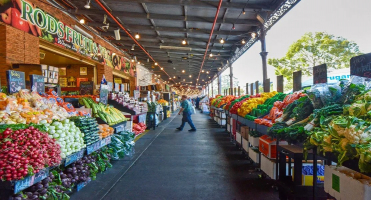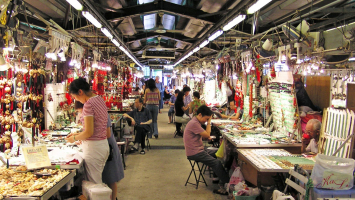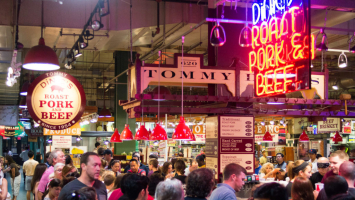Top 10 Interesting Wartime Black Markets
One thing is certain: whenever you refuse someone anything or charge them a price they can't afford, an entrepreneur is born. Getting products for people at a ... read more...discount, even though it's against the law, occurs everywhere. Additionally, when resources are limited during a war, illegal marketplaces might emerge to meet any imaginable need.
-
It's hardly surprising that a clandestine market for medicines existed throughout conflict because there has always been one. The extent to which this was prevalent throughout the Vietnam War is unexpected. The number of drugs used by US soldiers was quite astounding, and the black market wasn't in the United States; it was abroad.
Over 51% of soldiers reportedly used marijuana, according to government reports. Although not a startling statistic for most citizens today, the report's introduction in 1971 would have raised concerns. The 31% who had used psychedelics like LSD or mushrooms and the 28% who had used heroin or cocaine were more worrying. It might be problematic if a quarter of your fighting squadrons are armed with machine guns and high on heroin.
In addition to the totally authorized drug use that saw soldiers being pumped full of speed, painkillers, and whatever else command believed they needed to keep going, there was also this illegal drug use. It's somewhat amazing that anyone survived to leave that nation.
The drug was affordable and widely available for American soldiers. An average container cost $5. It might be exchanged for a pack of smokes. Many soldiers resorted to heroin when the Army cracked down on marijuana use in response to a domestic outrage, since it was equally accessible and didn't smell bad. The military didn't regret their choice until after the fact.
https://blog.cabi.org/ 
https://www.recoveryinmotion.com -
Nylons first were available in May 1940. Nylon stockings replaced the traditional silk stockings because they were more durable and easier to maintain. In just two days, four million pairs were gone. It was a given that customers adored them. Then, in December 1941, they suddenly disappeared. To create parachutes and other products for the war effort, nylon was required.
There wouldn't be any left at home for the legs. As a result, there was a thriving black market where one shipment of stolen nylons might fetch $100,000. Literally, homes were being robbed to obtain nylons. 18 pairs of shoes were reportedly stolen from one Louisianan home. Prior to the war, black market pairs cost $1.15 but now cost $20.
You simply need to look at what happened after the war to realize how cherished nylon was among American women. When nylons were once again available and the rationing was repealed in 1945, chaos broke out. Around the stores, there were lines of ladies a thousand deep. In Pittsburgh, 40,000 ladies attended to purchase 13,000 pairs.

https://www.wolfordshop.com/ 
https://www.dollardays.com/ -
Some black marketeers found that manipulating the entire system rather than just particular goods was the best and simplest way to get around the system. Citizens of the majority of Allied nations utilized ration booklets filled with stamps. You had to trade stamps for particular commodities, and you couldn't purchase anything—be it meat, coffee, sugar, or anything else—without the stamp. For talented forgers, this gave a tremendous opportunity. Create a fake ration book, and you'll have a successful enterprise.
In 1943, people in England would pay up to £10 for a fake ration book. That is about $400 in today's money. In the United States, it's estimated that up to 5% of the rationed gas sold nationwide was distributed to consumers using fake ration coupons. And those were merely the imitations. Additionally, it's thought that genuine coupons were being stolen en masse to be sold again. Gas vouchers worth 20 million gallons were taken just in Washington, DC.
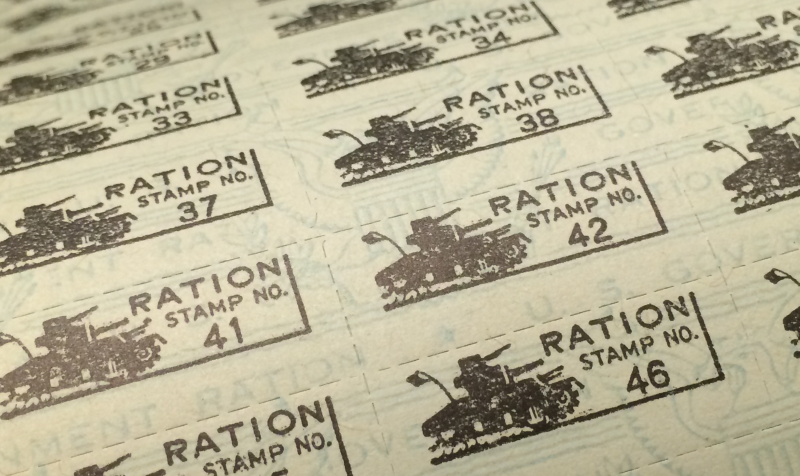
https://ralphperrine.com 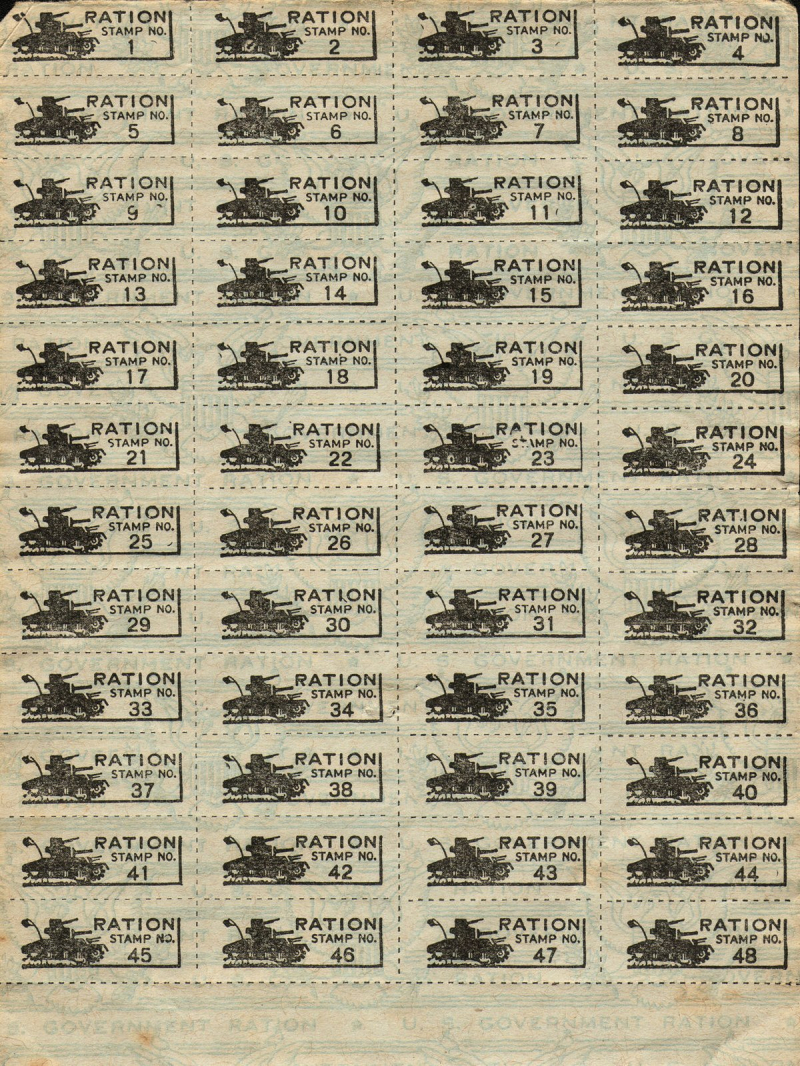
https://en.wikipedia.org/ -
Housing seems to be the least likely of all the items you'd anticipate to find on the black market. To be honest, no one was importing homes and selling them off-the-books, but there were questionable practices in some places about rental costs.
During the war, many American employees moved north to Canada, which caused housing issues in towns like Edmonton where rural workers were also moving to seek employment. The maximum monthly rent was $25, and owners of rental units had to register them.
However, others who viewed the housing crisis as a chance to earn quick cash cheated the system. Some people ultimately paid $10 per month to live in a garage, while others paid up to $40 or $50. When it eventually reached $100 or more, home sales surpassed 300% of the rates that were set by law.

http://blog.bestinamericanliving.com/ 
http://www.dcfpi.org/ -
Black markets emerged in the last days of World Conflict II as the Allies gathered in Berlin, allowing the American, British, and Soviet armies to mix and purchase goods that they had been forbidden in earlier years of the war. Americans soon discovered that timepieces were the item that Soviet troops coveted the most.
A good watch was not precisely a common commodity in Soviet Russia. Watches represented wealth and status. In addition, they had financial intentions. actual currency. While the value of Russian rubles fluctuated, watches never lost their value. A soldier could mail his wife a watch, and he could exchange one watch for a whole cow.
Although it was technically against the law for Americans to engage in black market transactions, the fact that some Russian soldiers had up to a dozen timepieces on their arms suggests that it was probably more frequent than you might imagine.

http://luxurymenwatchreview.blogspot.com/ 
https://gizmodiva.com/ -
The government need rubber, which was in high demand, for the war effort. Contrary to many other items that were rationed, sales of rubber were essentially ceased. This indicated that tires were no longer being made. Those in need of new tires were in a dangerous situation. Great if you had a spare. You wouldn't be able to find a new one if you didn't.
In addition to extending the life of gasoline supplies, the new 35 mph speed limits were also implemented to conserve rubber at home. The rubber was required for supplies and military vehicles used abroad. That indicates that a black market for individuals in need could be established in the early stages of the war at home. Keep in mind that this was back when it was difficult to create synthetic rubber. Rubber trees couldn't be grown in America, and imports from abroad had to stop, thus America required access to them.
The demand for rubber was so high that when people returned from work for the day, their car's tires were gone. Black market tires could be purchased for as much as $50 per. Even though it may not seem outrageous in today's prices, a brand-new tire during the war cost five times as much as it does today.
https://www.rcnmag.com 
https://www.ebay.com -
Cigarettes have always been one of those goods that, although not being at all necessary, have a tremendous market. Today, we are aware of the health consequences, but during World War II, individuals simply knew they loved traveling to exotic locations.
Cigarettes were included in the rations for soldiers, and the tobacco industry was only too eager to supply them. American soldiers received free cigarettes for personal use. In fact, soldiers were urged to smoke, and they consumed 290 billion cigarettes. Additionally, they might purchase packs for 50 cents and resell them in Berlin's underworld for $100.
Closer to home, Canadians developed an underground market for cigarettes as a result of Americans crossing the border. The RCMP acted quickly to fine two industrious Edmontonians and make the Americans implicated in their possession of 4,200 American cigarettes, as they were far easier to obtain in the US than in Canada.

https://www.newsweek.com 
http://theliberal.ie/ -
While the necessity of rationing meat and petroleum for the war effort appears evident, sugar is more difficult to comprehend in isolation. Was that much sugar really necessary for the military? Sugar rationing throughout the war was not due to the need to provide the troops with food energy, though it was undoubtedly vital.
Because of Japan's war on the Philippines, the US was cut off from its main supplier of sugar. Sugar was not produced in vast quantities in the US, nor is sugarcane grown there as a staple crop. The sugar-transporting equipment was required for the war effort. Shipments dropped by up to 50% as cargo ships were redirected to other purposes. Even yet, much less sugar was still making its way to America.
In both the US and Canada, sugar was the first item to be rationed during the war. When it came to an end, it was the last item to be removed. Rations once dropped to 15 pounds annually. When baking and preserving were popular and encouraged, adults were using one cup every week. Sugar traffickers risked losing their ability to make anything with the commodity if they were discovered and black market dealers were subject to harsh punishments.
http://www.npr.org/ 
http://www.deliciousasitlooks.com -
Gasoline was one of the most essential items rationed throughout the war. Due to military consumption, the US was falling 500,000 barrels per day short of its needs in 1943. To account for that difference, rationing was necessary. Every day, 1.8 million barrels were filled, but the military only required 600,000. The previous year, numerous gasoline tankers had sunk in the ocean while en route to maintain supplies, which added to the severity of the problem. The gray market was ready.
In May 1942, gas rationing was instituted in 17 states. By the end of the year, that amounted to 48 states. Drivers were given stamps that contained their allotted amount of gas. To encourage gas conservation, the speed limit was lowered, and carpooling was promoted. But to meet demand, the illicit market also arose.
During the time of gas rationing, chiselers were widely used. Chiseled gas was gasoline that a person was able to purchase at the going rate even though it was legally against the law to do so. In essence, a chiseler would enter a petrol station and con the proprietor. Gas was meant to be rationed, but if you had cash and no one was looking, you could negotiate a deal. Although not all gas stations did it, many did. In 1943, a writer for Colliers magazine drove across Mexico and into Canada using only chiseled gas as fuel.
https://axleaddict.com/ 
https://financialtribune.com/ -
One of the major openings for black marketeers to seize was the rationing of meat during the Second World War. Consumers in America were used to eating beef, hog, and to a lesser extent lamb and veal. However, the military also need these meats for its soldiers. More went to the war effort and less stayed at home because farmers could make more money selling the meat to the government than they could at the market.
The administration made an effort to downplay the situation, even going so far as to publish recipes that would allow citizens to use up more of their allotted meat supply. It wasn't really effective. Those ready to take a chance found their needs met on the black market.
People who were willing to work illegally saw the chance to increase their income. It was impossible to legally purchase a good cut of steak, but on the underground market, it could bring in more money than even selling it to the government. Additionally, consumers would receive meat that would otherwise be impossible for them to obtain legally anyplace, plus they would avoid using ration points, which might still be traded for less appealing cuts. If you overlooked the legality, it was a win-win situation.
They literally referred to the meat vendors on the underground market as "meat leggers" and compared them to gangsters. To frighten the population, propaganda movies were produced in which everyone who consumed meat from the illicit market fell ill. The attempts did not have much luck. People enjoyed eating meat.
In order to demonstrate how simple it was to get black market meat, an investigative journalist who wrote an article on the subject was able to gather a literal ton of it. Finally, in 1946, the President completely removed meat from the list of permitted foods out of concern that continuing to ban it might cause unrest.
https://www.masterclass.com/ 
https://www.dreamstime.com/














